"Welcome and Don't Worry": An investigation into a palliative typology of architecture
Undergraduate Dissertation, May 2014
Case study into user perception of three Maggie's Centres' (Edinburgh, Sheffield and Aberdeen)

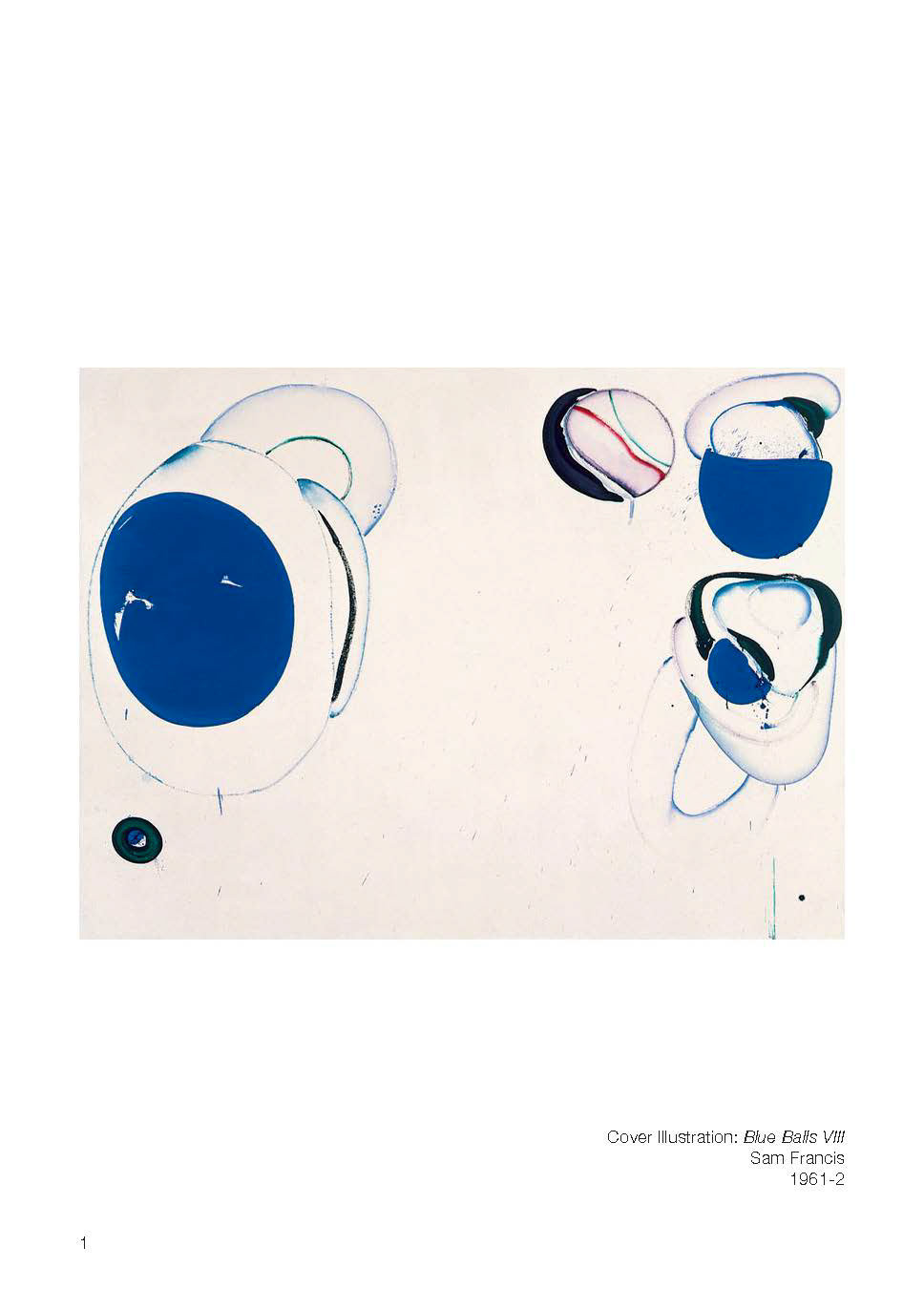
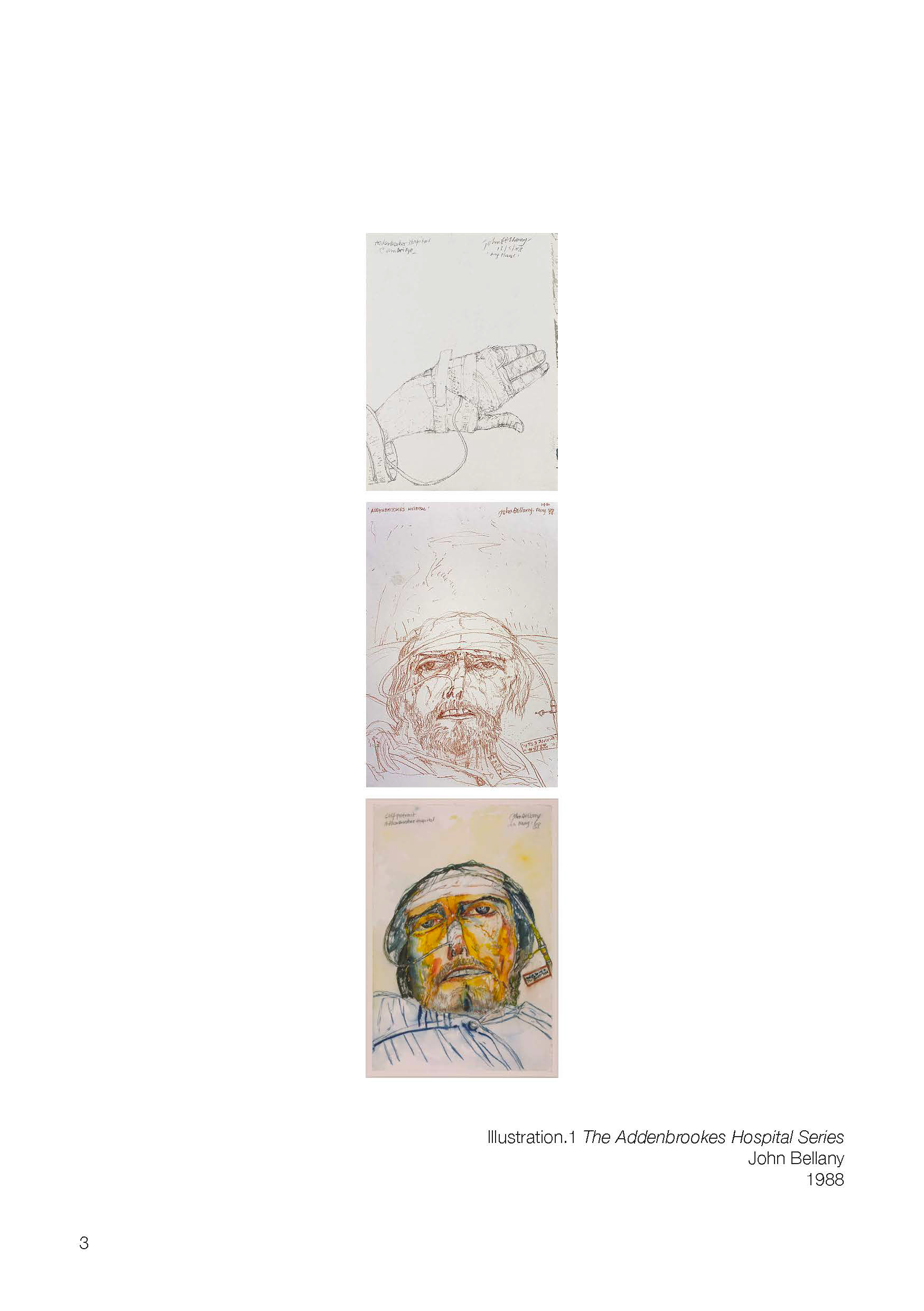
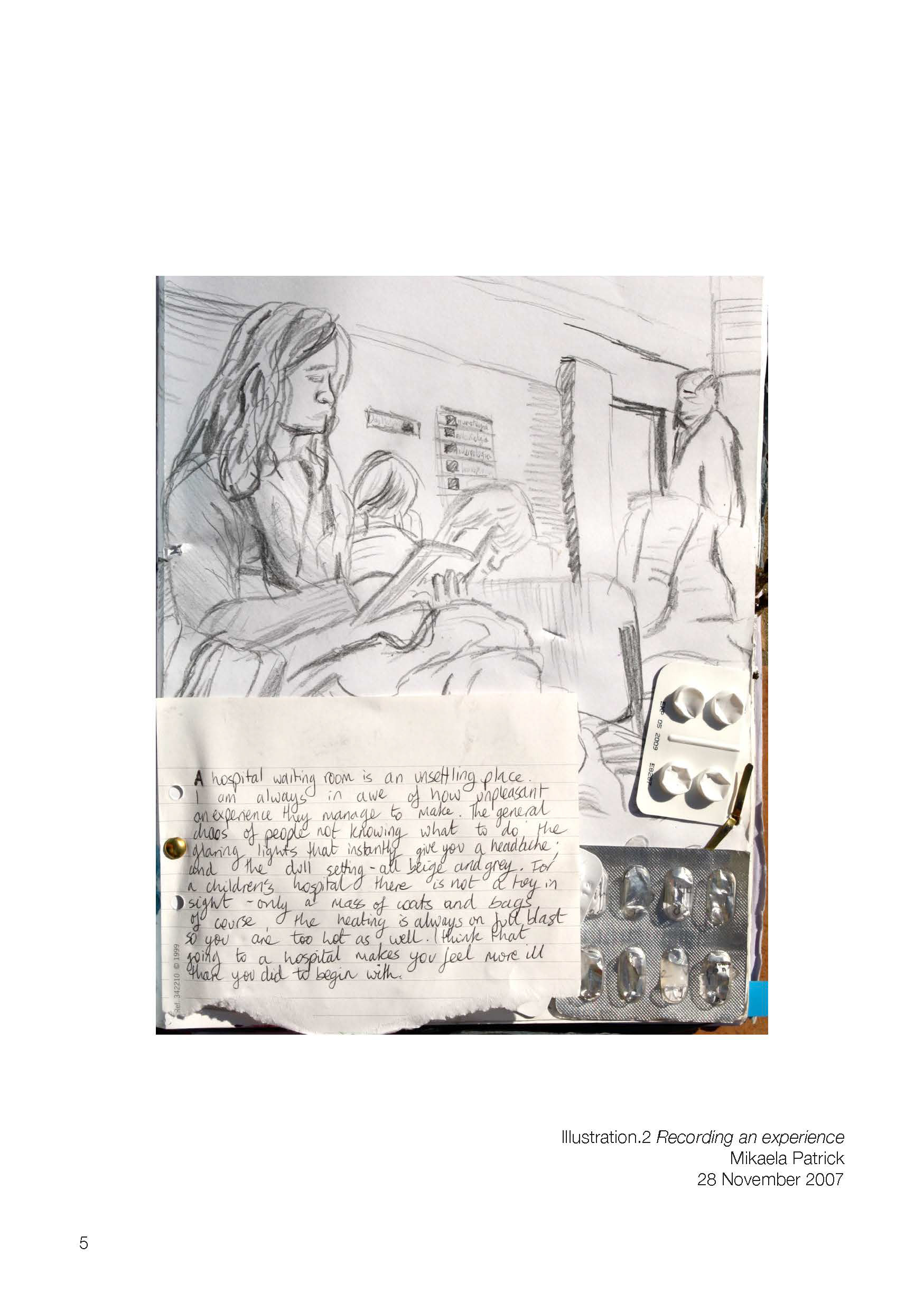

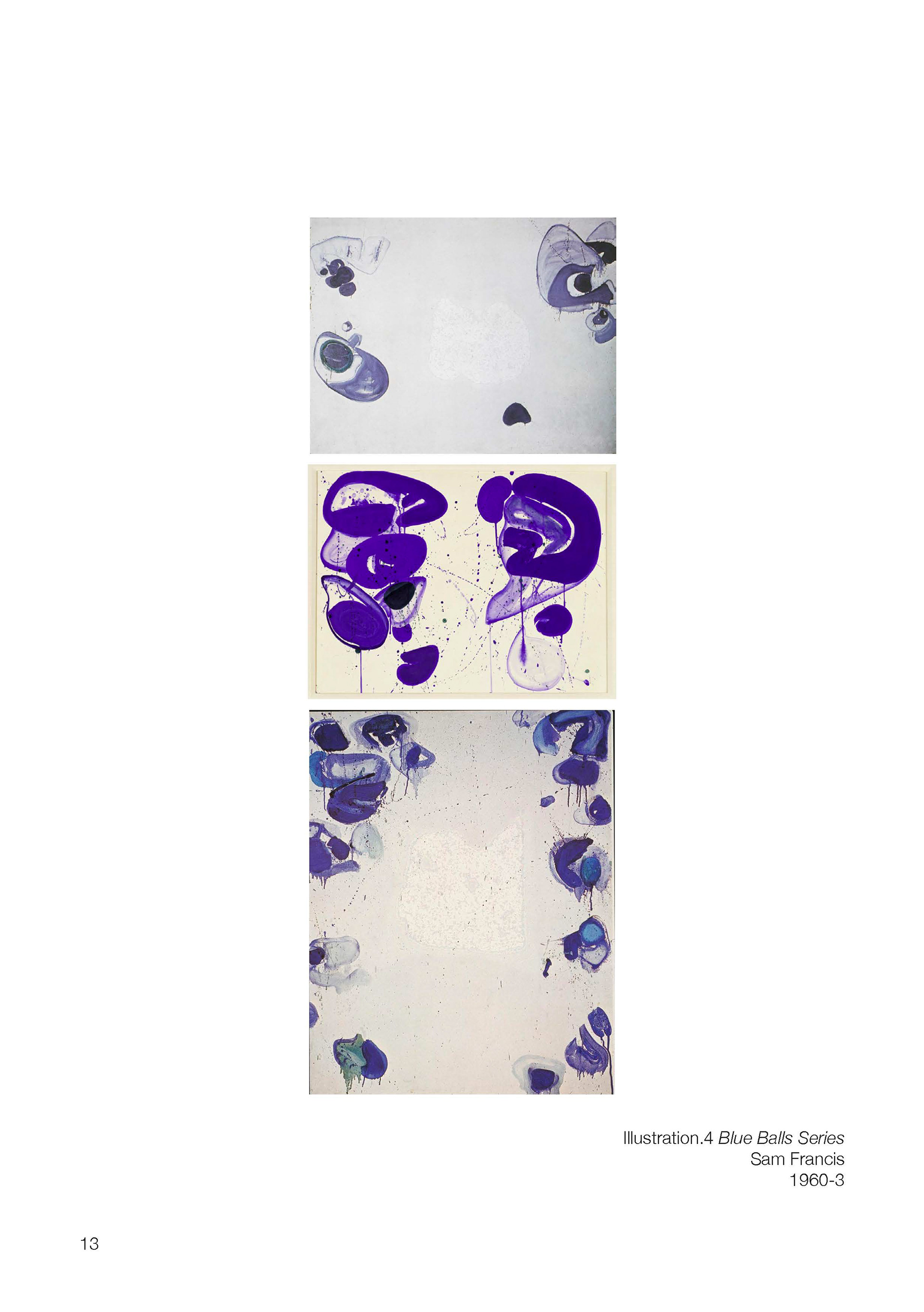

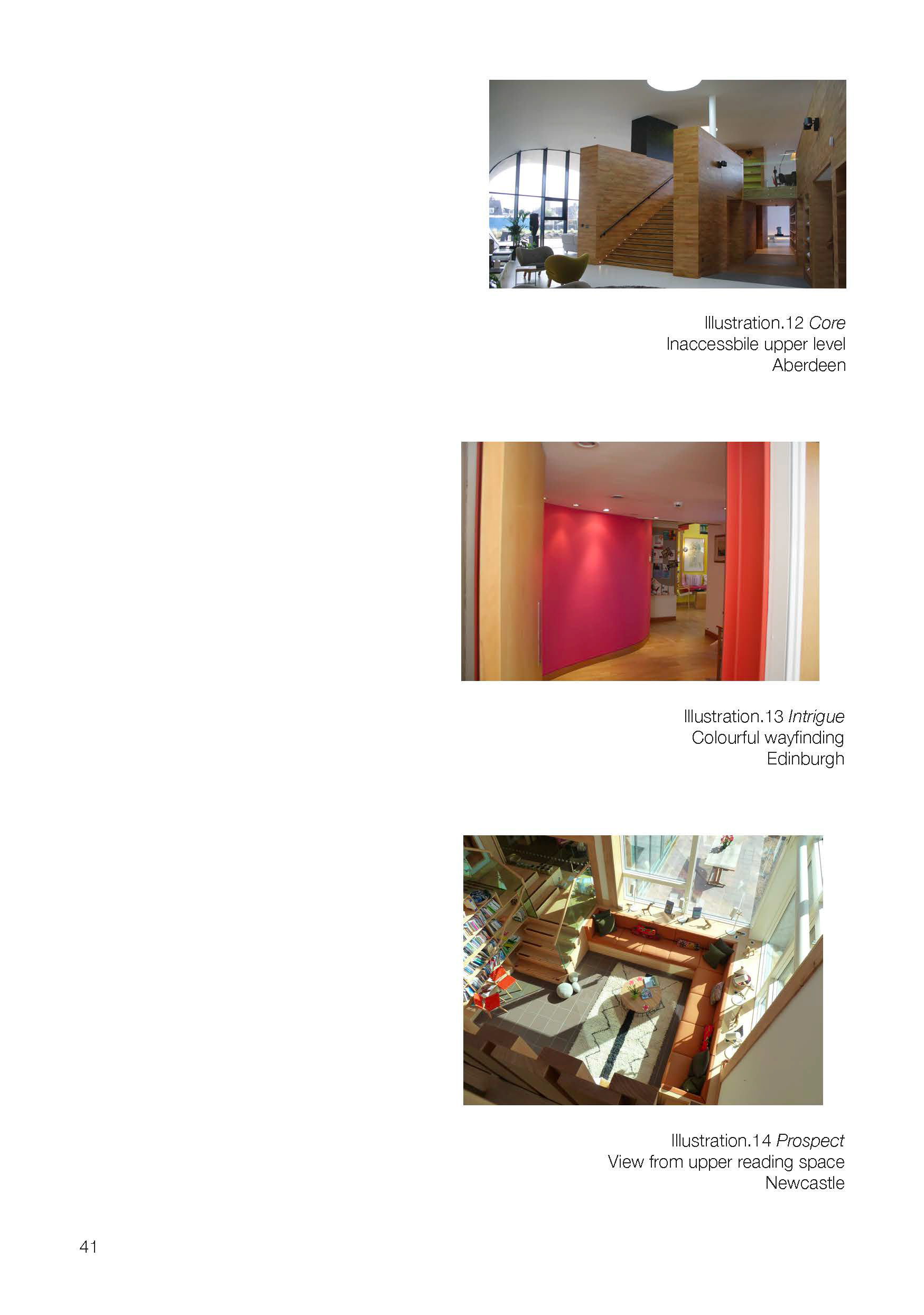
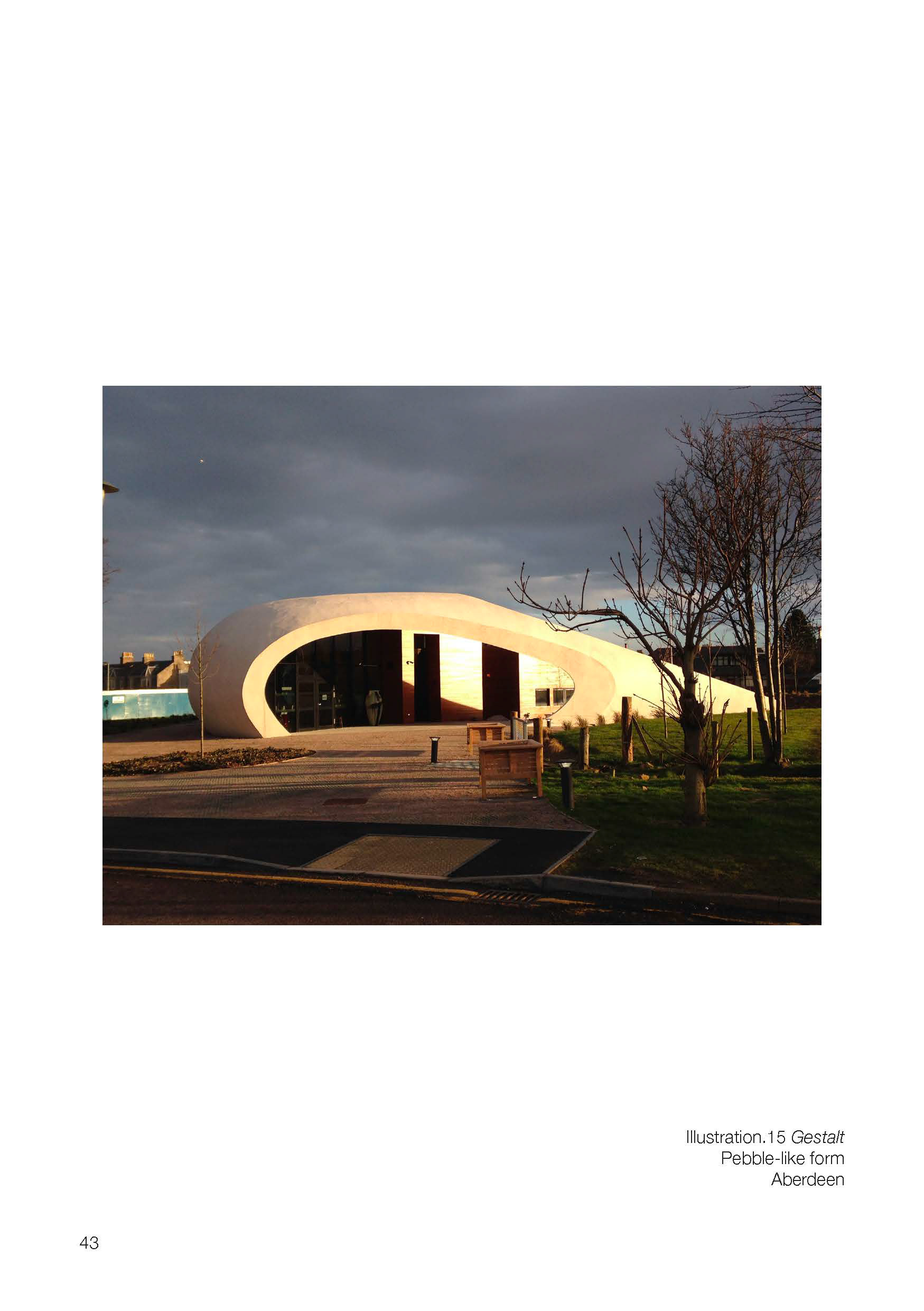
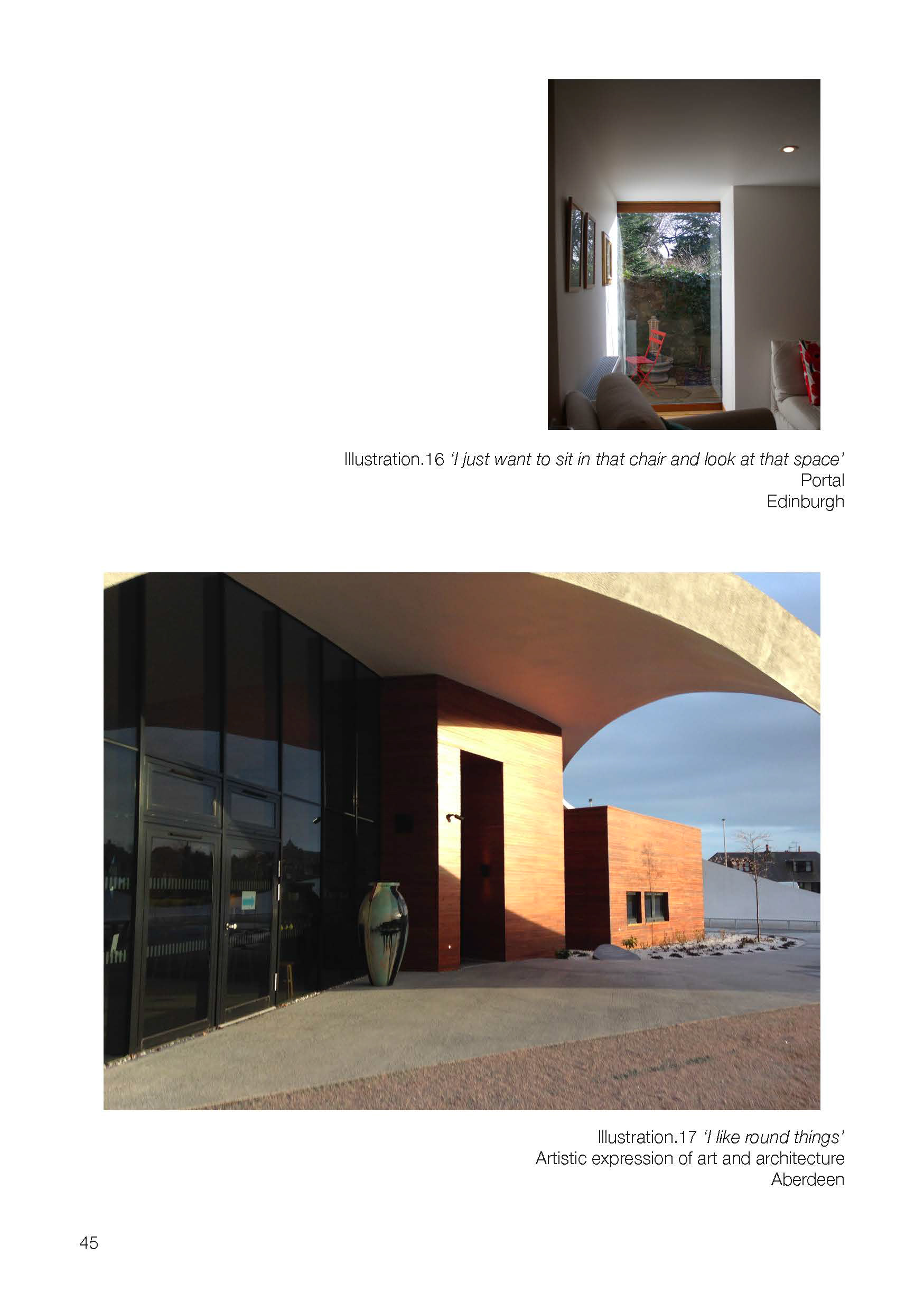

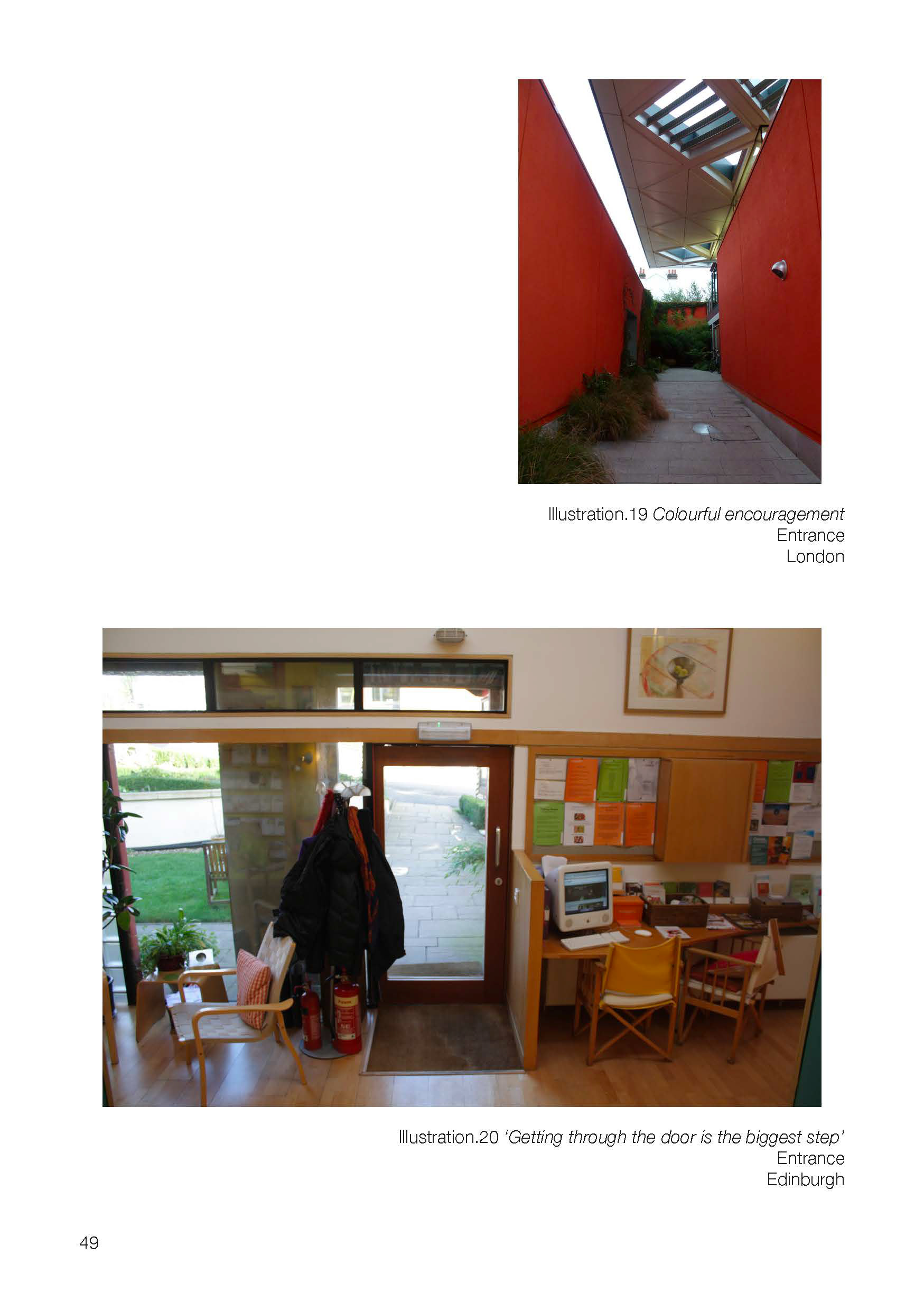
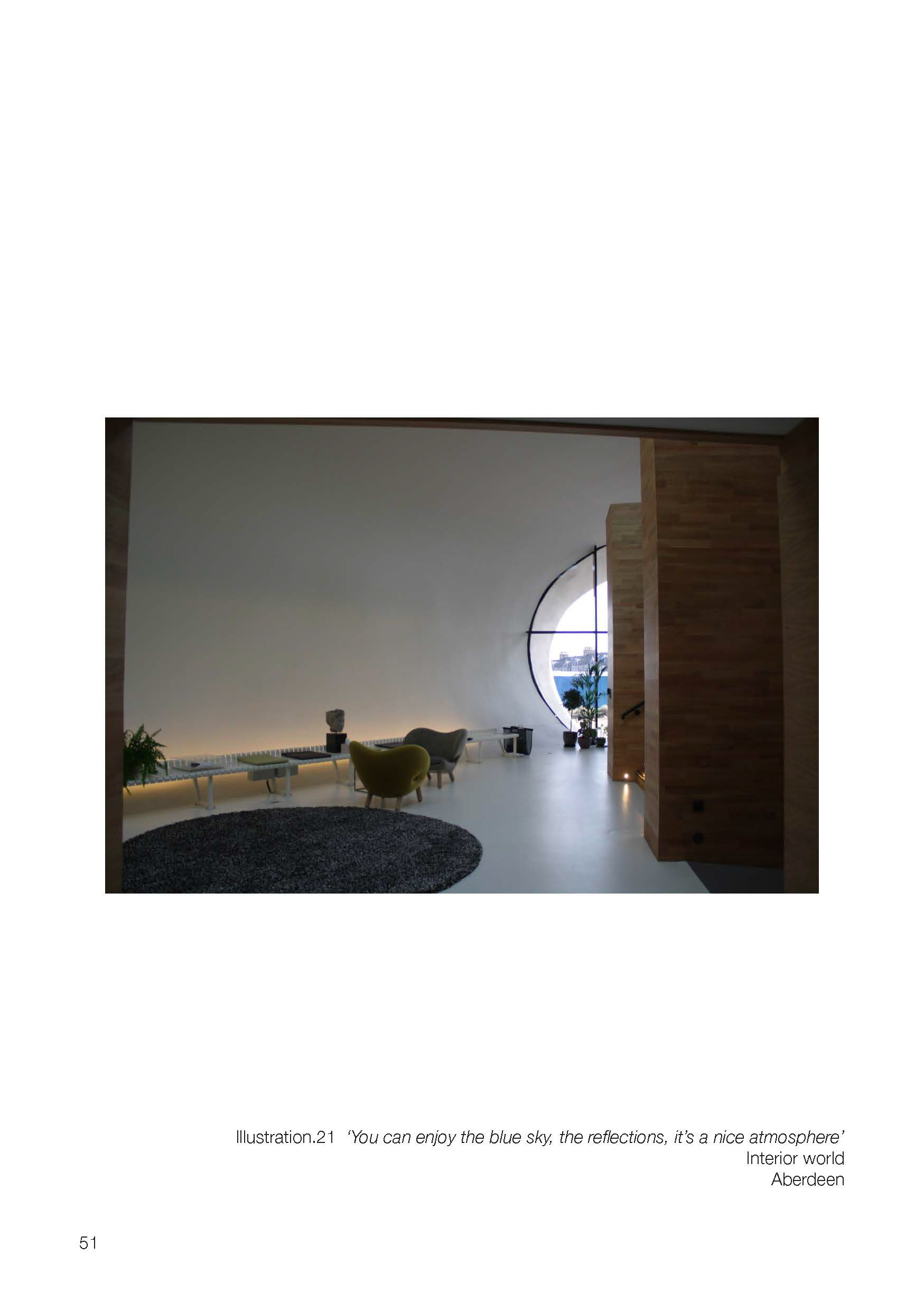
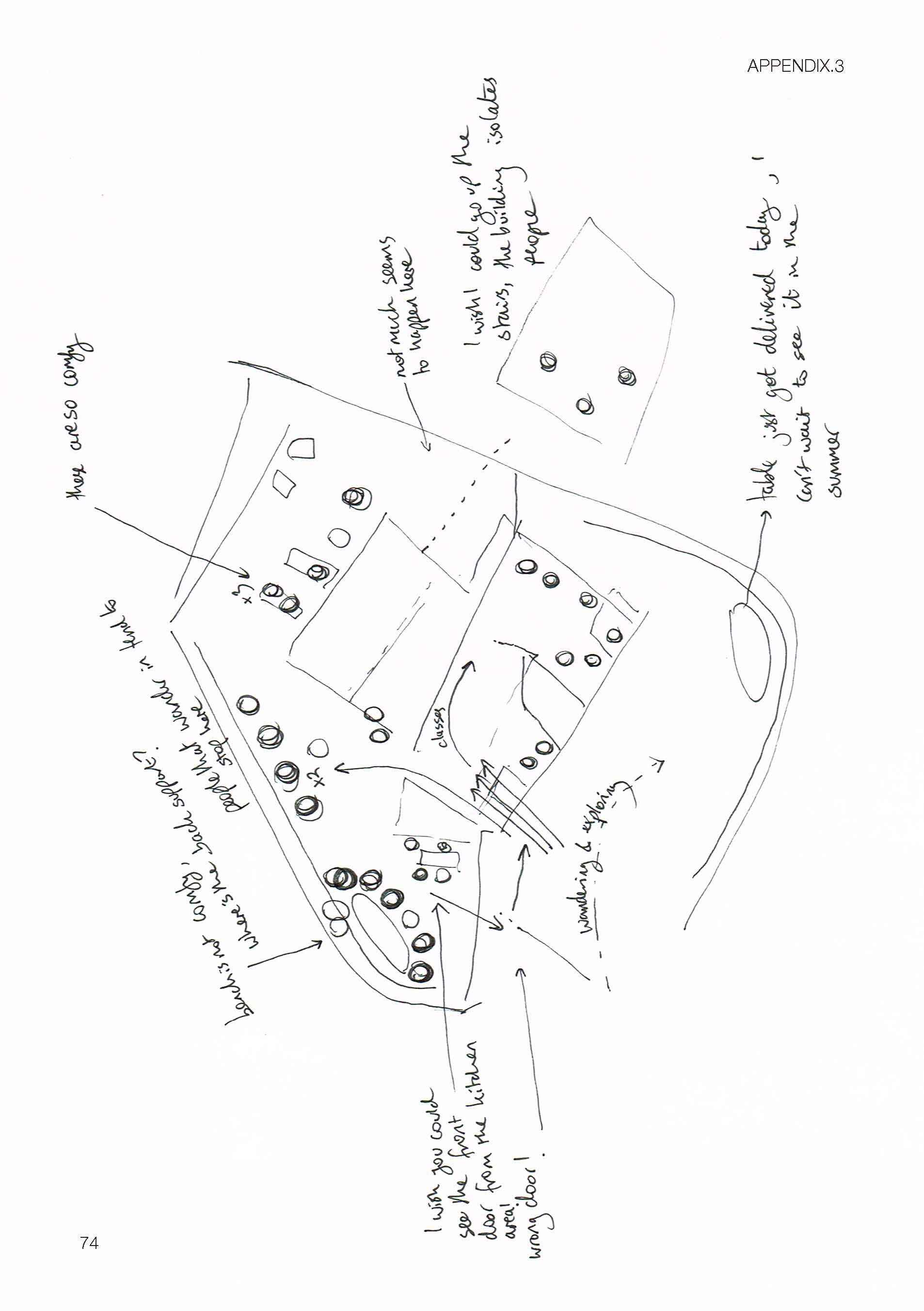
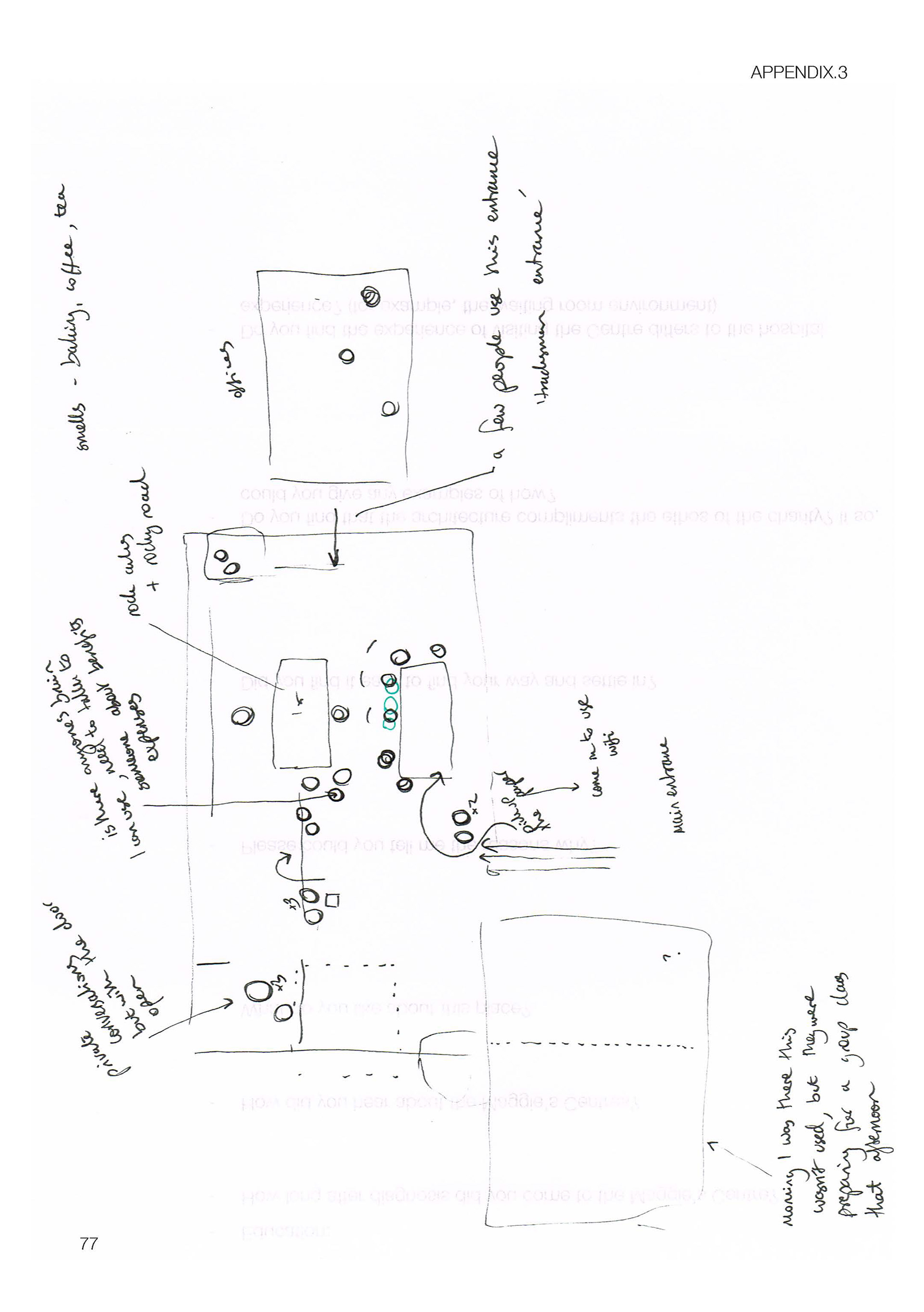

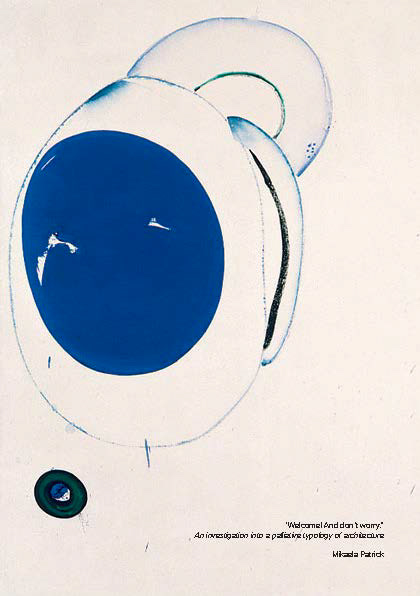
ABSTRACT
“Welcome and don’t worry” explores the potential for a palliative typology of architecture. The examination of what constitutes psychological and emotional wellbeing and the built environment’s spatial and atmospheric impact on it is explored through a series of case studies at the Maggie’s Cancer Caring Centres. The application of abstract theories of aesthetic satisfaction, environmental preference, existential space, perception, place, and embodied experience of the human condition to a wellbeing agenda is examined at the Maggie’s Centres and a positive place-experience is found. The architectural, in its existential terms, qualities that form this positive place-experience are summarised to conclude that an architecture that incorporates these physical, social and symbolic environmental conditions forms place. The most successful palliative care facilities should convey the total idea of place, dwelling and be inherently meaningful and responsive to context. In that regard, a practical brief for this typology is inappropriate, and an adaptable, place-making focused, brief should be considered.